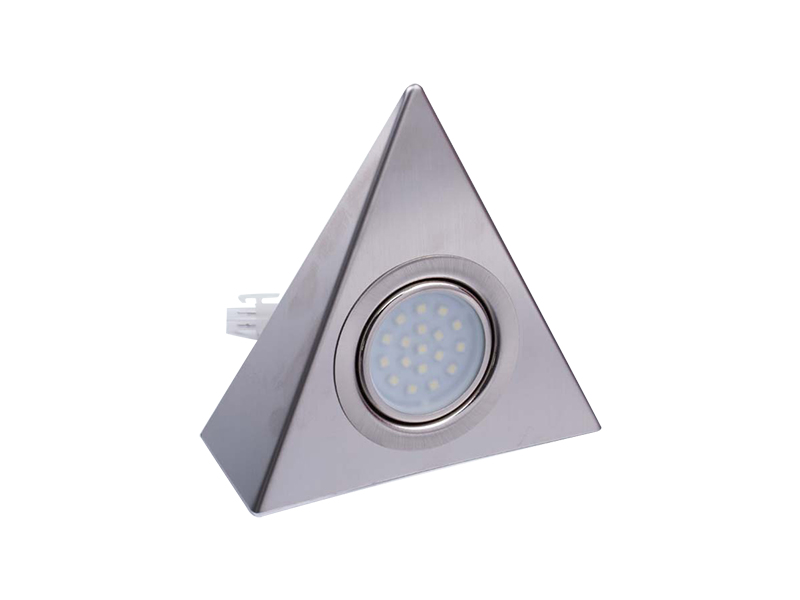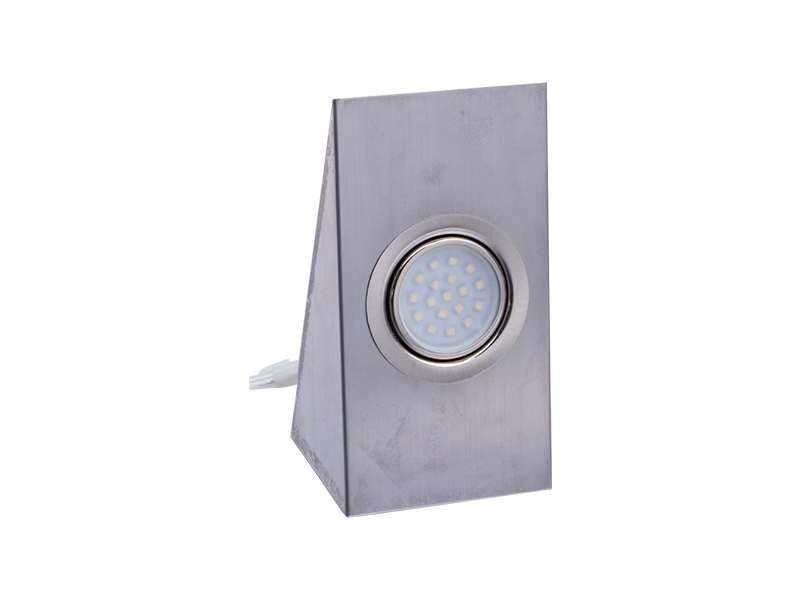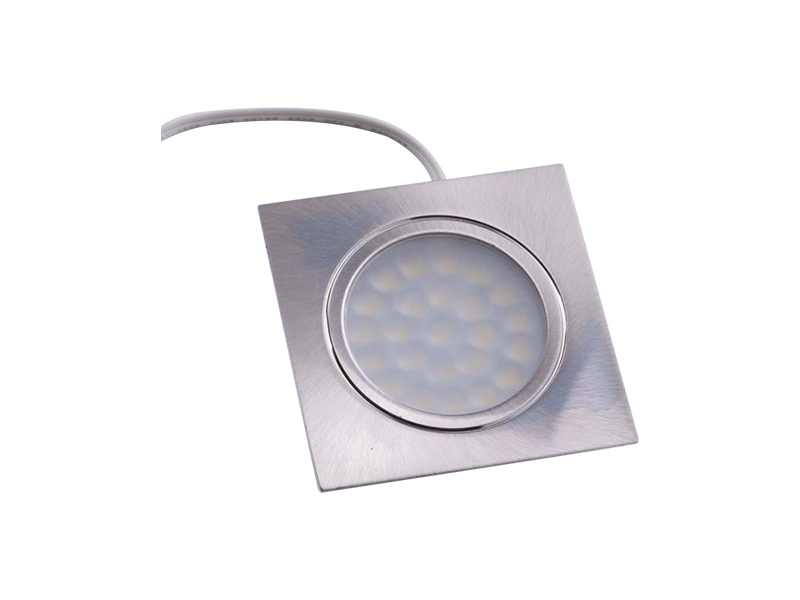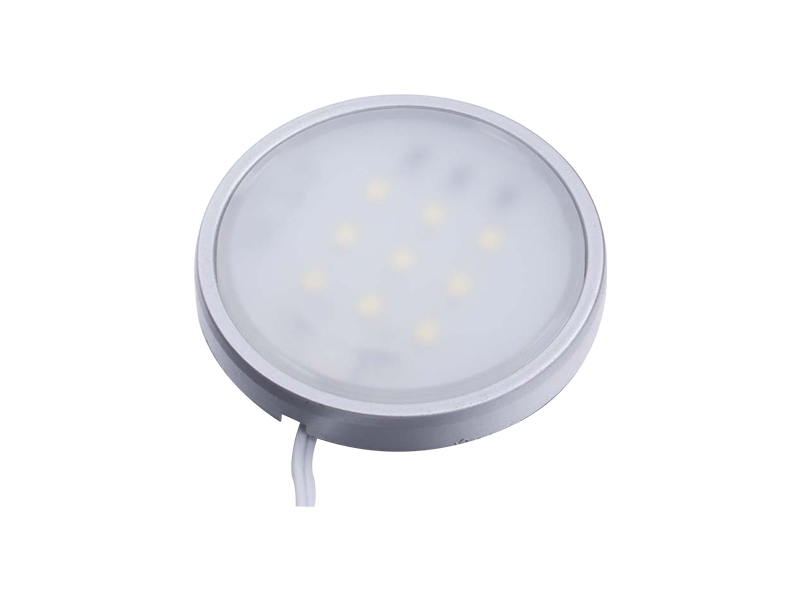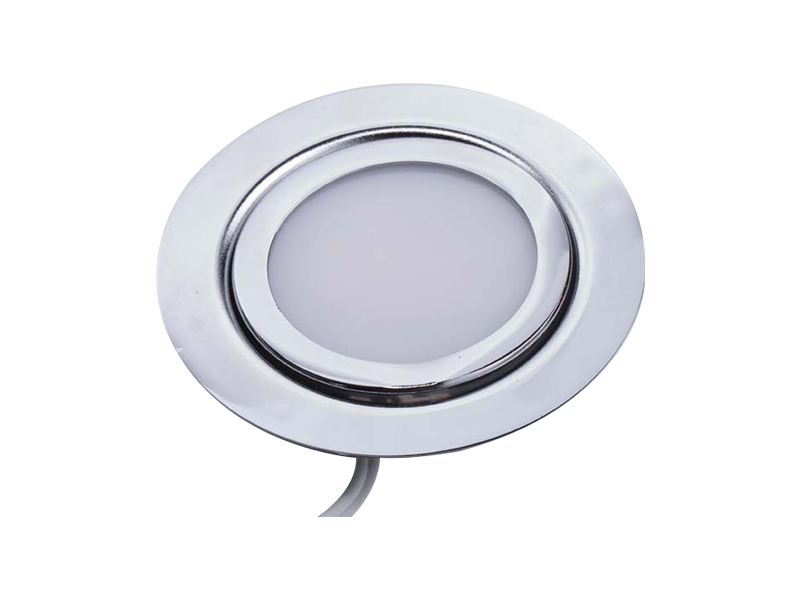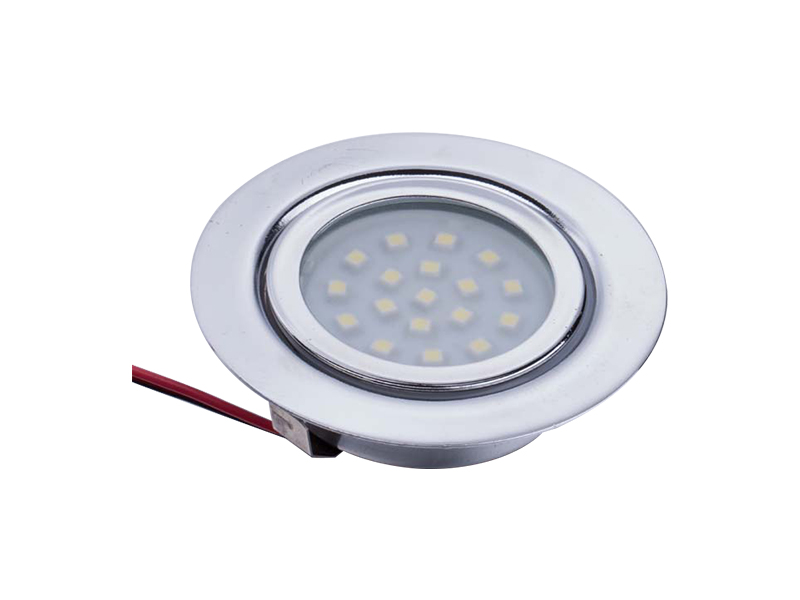-

E-mail:[email protected]
-

Telphone:+86-574-88073028
-

FAX:+86-574-88073029
QR code on
mobile phone
Welcome to Eastkey!
Welcome to Dongke!
LED mirror lights are designed to offer long-lasting illumination with minimal upkeep, but they still require periodic attention to maintain performance and safety. Dust, moisture, and environmental factors can affect the surface of the mirror and the LED housing, which may reduce light output over time. Cleaning the mirror and surrounding components with a soft cloth and mild cleaning agents helps maintain brightness and clarity. Avoiding harsh chemicals or abrasive materials prevents surface damage. Additionally, checking electrical connections periodically ensures consistent performance and prevents potential issues caused by loose wires or corrosion.
The driver in an LED mirror light regulates the current supplied to the LED, ensuring stable operation and preventing overheating. While high-quality drivers are built to last for years, they can fail over time due to factors such as voltage fluctuations, overheating, or component degradation. Monitoring the light for flickering, dimming, or failure to turn on can indicate potential driver issues. Proper ventilation around the driver and avoidance of excessive heat exposure contribute to its longevity. When replacement is necessary, using a compatible driver that matches the voltage and current specifications of the original ensures safe and reliable operation.
Recognizing when maintenance is required helps prevent more serious problems. Common signs include reduced brightness, inconsistent illumination, flickering lights, or unusual noises from the driver. Additionally, visible dust buildup or moisture accumulation on the mirror surface can affect light diffusion and aesthetic appeal. Addressing these issues promptly through cleaning, inspection, and, if necessary, driver replacement helps maintain both functionality and visual quality. Regular monitoring can prevent minor issues from developing into conditions that require full component replacement.
Routine cleaning is essential for preserving the appearance and performance of LED mirror lights. Use a soft, lint-free cloth to wipe the mirror surface and LED housing, and apply mild cleaning solutions sparingly. Avoid direct contact with water near electrical components, and ensure that the light is turned off and cool before cleaning. For dust or dirt inside the light housing, compressed air can be used to remove particles without disassembling the unit. Maintaining a clean surface not only improves illumination but also reduces stress on the LEDs and driver caused by heat buildup from blocked airflow or reflective surfaces.
When a driver reaches the end of its service life or shows signs of malfunction, replacement may be necessary. Selecting a replacement driver requires careful attention to voltage, current, and wattage ratings to match the original specifications. Installation should be carried out by a qualified individual to ensure safety and proper connection. Improper installation can lead to uneven illumination, flickering, or potential electrical hazards. Documenting the driver specifications and maintaining a record of replacements can simplify future maintenance and ensure that compatible components are used consistently.
Environmental factors such as humidity, temperature fluctuations, and exposure to cleaning chemicals can influence the longevity of both the LEDs and the driver. High humidity or condensation inside the mirror light can accelerate corrosion and electrical component degradation. Excessive heat can increase driver stress and lead to early failure. Ensuring proper installation in areas with moderate temperature and controlled humidity, as well as minimizing exposure to moisture, can reduce maintenance requirements and prolong the operational life of the light.
Preventive maintenance helps reduce the likelihood of unexpected failures. Regular inspection of electrical connections, driver housing, and LED modules allows early detection of potential problems. Cleaning the mirror and light components at consistent intervals ensures that illumination remains uniform and effective. Preventive replacement of drivers in older units can avoid sudden outages. Establishing a maintenance schedule based on manufacturer recommendations and environmental conditions ensures that the light operates reliably over time without unnecessary downtime or emergency repairs.
The table below provides a reference for typical maintenance needs for LED mirror lights under various conditions, highlighting when cleaning or driver replacement may be required.
| Condition | Cleaning Frequency | Driver Inspection Frequency | Replacement Likelihood |
|---|---|---|---|
| Indoor, low humidity | Every 3-6 months | Every 12 months | Low within first 5 years |
| Indoor, high humidity | Every 2-3 months | Every 6-12 months | Moderate after 3-5 years |
| Commercial, frequent use | Monthly | Every 6 months | Higher risk after 3-4 years |
Maintaining LED mirror lights includes ensuring electrical safety during cleaning and driver inspection. Always disconnect the power supply before performing maintenance, and avoid contact with live components. Inspect wiring for signs of wear, fraying, or corrosion. Using compatible replacement parts reduces the risk of electrical faults. Following safety protocols during maintenance not only protects the operator but also helps maintain the integrity and longevity of the light unit. Proper electrical care minimizes the likelihood of driver failure and maintains consistent illumination performance.
LED mirror lights are designed for durability and low maintenance, but periodic attention is still necessary to sustain performance. Regular cleaning, careful monitoring of the driver, and timely replacement of components when needed help maintain light quality and safety. Environmental conditions, usage patterns, and proper installation all influence maintenance needs. A proactive approach that combines inspection, cleaning, and preventive replacement contributes to a reliable and long-lasting lighting solution.
top
E-mail:[email protected]
Telphone:+86-574-88073028
FAX:+86-574-88073029
